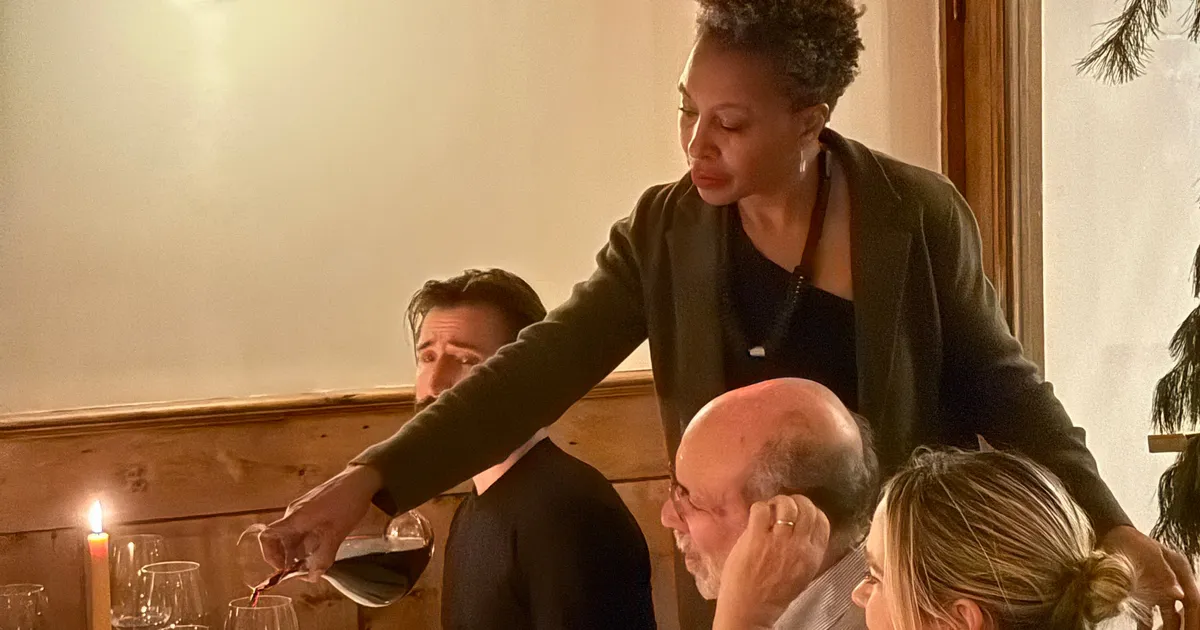Rosé wine has exploded in popularity over the past decade, transforming from a summer trend to a year-round staple. Its signature pink hue and crisp, refreshing taste make it a go-to for casual sipping, but behind that cheerful glass lies a fascinating winemaking process.
Unlike red and white wines, rosé straddles the line between both, with unique production methods that create its distinct style.
So, how exactly is rosé wine made? Let’s break down the key techniques and explore what makes this wine category so versatile and beloved.
What Is Rosé Wine?
Rosé is a type of wine made from red (black-skinned) grapes, but it differs from red wine in how long the grape skins stay in contact with the juice. This limited skin contact gives rosé its characteristic pink color, which can range from pale salmon to vibrant magenta, depending on the grape variety and production method.
Rosé can be dry or sweet, still or sparkling, and is made around the world using various grape varieties like Grenache, Syrah, Mourvèdre, Pinot Noir, and Sangiovese.
The Three Main Methods of Making Rosé
1. Maceration (Skin Contact) Method
This is the most common and traditional way of making rosé, especially in Provence, the world’s most famous rosé-producing region.
-
How it works: Red grapes are crushed, and the juice is left to soak (or macerate) with the skins for a short period—usually between 2 and 24 hours. The longer the skins stay in contact, the deeper the color and more pronounced the flavor.
-
After maceration: The juice is separated from the skins and fermented like a white wine at cool temperatures.
This method creates rosés with fresh, fruity flavors and crisp acidity. Wines made this way typically have a pale pink color and are often bone-dry.
2. Saignée (Bleeding) Method
Saignée (French for “bleeding”) is a byproduct of red wine production and is a bit less common than maceration.
-
How it works: During the early stages of making red wine, some juice is “bled off” after brief skin contact. This bleeding process concentrates the remaining red wine, while the siphoned-off pink juice is fermented into rosé.
-
Flavor profile: Rosés made by saignée tend to be darker in color and have more robust, intense flavors because they come from grapes grown specifically for red wine production.
This method is popular in regions like Napa Valley and often yields rosés with richer body and deeper fruit tones.
3. Blending Method
The blending method involves mixing a small amount of red wine into white wine to create pink wine. While this might sound like the easiest approach, it’s generally frowned upon for still rosé wines and is prohibited in many Old World wine regions—except for Champagne.
-
Common use: The blending method is mostly used in sparkling rosé production, where a bit of Pinot Noir or other red wine is added to white sparkling wine to create rosé Champagne or other sparkling rosés.
-
Result: Wines made this way tend to be lively and fruit-forward, with the elegance of white wine and the fruitiness of red.
Key Factors That Influence Rosé Wine
-
Grape Variety: The choice of grape greatly influences the flavor profile. For example, Grenache offers juicy red fruit notes, Syrah adds spiciness, and Pinot Noir provides elegance and floral aromas.
-
Time on Skins: A longer skin contact period deepens color and body. Pale Provençal rosés spend just a few hours on the skins, while darker rosés from Spain or Italy may macerate for closer to a day.
-
Fermentation and Aging: Most rosés are fermented in stainless steel tanks to preserve freshness and fruity aromas. Some higher-end rosés may see brief oak aging, which can add texture and subtle spice.
The Role of Color
One of the most talked-about aspects of rosé is its color. While many people assume that darker rosés are sweeter or stronger, color alone doesn’t reliably indicate sweetness or quality.

The shade is more a reflection of grape type and winemaking technique than of taste. For instance, a deep pink Tavel rosé is often dry and robust, while a pale salmon rosé from Provence is crisp and delicate.
Popular Rosé Styles by Region
-
Provence (France): The benchmark for pale, dry rosé, often made from Grenache, Cinsault, and Mourvèdre. Expect bright citrus, melon, and herbal notes.
-
Spain (Rosado): Often made from Garnacha or Tempranillo, these wines are deeper in color and can range from dry to off-dry with bold red fruit flavors.
-
Italy (Rosato): Found in regions like Puglia and Tuscany, typically using Sangiovese or Negroamaro, offering savory and cherry-like notes.
-
United States: California produces a variety of rosé styles, from light and crisp Pinot Noir rosés to richer Zinfandel rosés, which are sometimes off-dry (like White Zinfandel).
Why Rosé Is a Winemaker’s Playground
Rosé allows winemakers to experiment with grape varieties, fermentation styles, and blending options. This freedom results in a wide range of rosé wines that can suit nearly any palate or occasion. From dry and mineral-driven to fruity and lightly sweet, rosé offers an incredible spectrum of styles.
Conclusion: More Than Just a Pretty Color
Rosé wine is far more than just a trendy pink drink—it’s a versatile, complex wine style crafted through careful decisions about grapes, maceration time, and fermentation. Whether made by skin contact, bleeding, or blending (in the case of sparkling wines), rosé showcases the artistry and science of winemaking in every sip.
So next time you pour a glass of rosé, take a moment to appreciate the skill and precision that went into creating that beautiful blush hue and refreshing taste. Rosé truly proves that great wine doesn’t have to be red or white—it can be perfectly in between.


